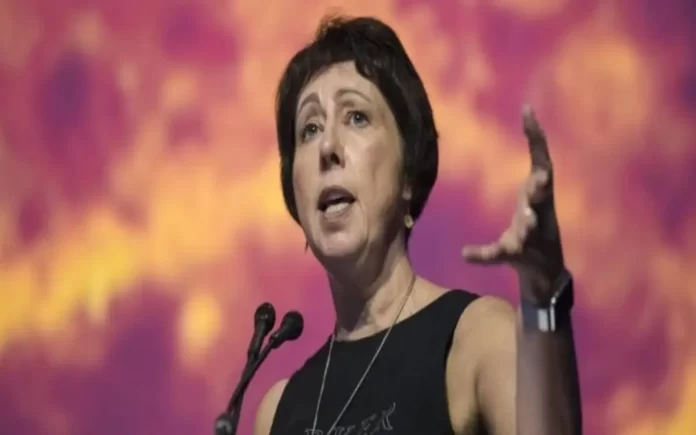Bengaluru: Witnessing the creation of technology destined for space is a mind-boggling experience, remarked Nicola Fox, Associate Administrator (AA) of NASA’s Science Mission Directorate (SMD). Fox’s comments came in anticipation of the upcoming launch of the jointly developed NISAR (NASA–ISRO Synthetic Aperture Radar) satellite, a collaboration between NASA and the Indian Space Research Organisation (ISRO). Sources indicate that the satellite is slated for launch by the end of March or early April.
Fox expressed her eagerness to visit the ISRO facility soon to inspect the satellite closely and engage with the team to delve deeper into how its dual frequency band will facilitate the measurement of Earth’s evolving ecosystem.
Speaking at the ‘Space Talk with NASA Women Scientists’ event organized by the US Consulate General Chennai and Maharani Lakshmi Ammanni College for Women Autonomous (mLAC) in the city, Fox lauded the innovative technique employed in NISAR’s design, utilizing the L band and S band. She expressed excitement about this flagship endeavor, poised to capture changes in the planet’s surface at an unprecedented centimeter scale. Fox emphasized the benefits of collaborating with ISRO, citing its complementary scientific approach and the real-world applications of the resulting data.
Read More: NASA Seeks Volunteers for Year long Simulated Mars Mission
Addressing the pressing need for robust computational capabilities and the emergence of new applications, Fox highlighted the challenge posed by the immense volume of data generated, suggesting the necessity of artificial intelligence. With the launch of NISAR, the data generation rate is expected to double, reaching staggering proportions of 100 terabytes.
Fox provided insights into NASA’s expansive mission portfolio, revealing ongoing work on 140 missions, some in the design phase while others have already been launched. Discussing the recently initiated PACE Mission (Plankton, Aerosol, Cloud, ocean Ecosystem), Fox teased the imminent release of data later in the year, promising awe-inspiring insights into Earth’s oceans and atmospheric dynamics.
Amidst discussions with students, Fox underscored NASA’s endeavors to enhance human adaptability in space environments, addressing challenges posed by zero gravity and radiation exposure. Efforts within the biological and physical sciences department aim to develop sustainable and resilient food solutions, exemplified by the recent deployment of a metal 3D printer to the space center.
In the realm of medical research, NASA’s exploration extends to replicating human organs on chips, leveraging tissue engineering to evaluate responses in zero gravity conditions and explore novel medical interventions.



